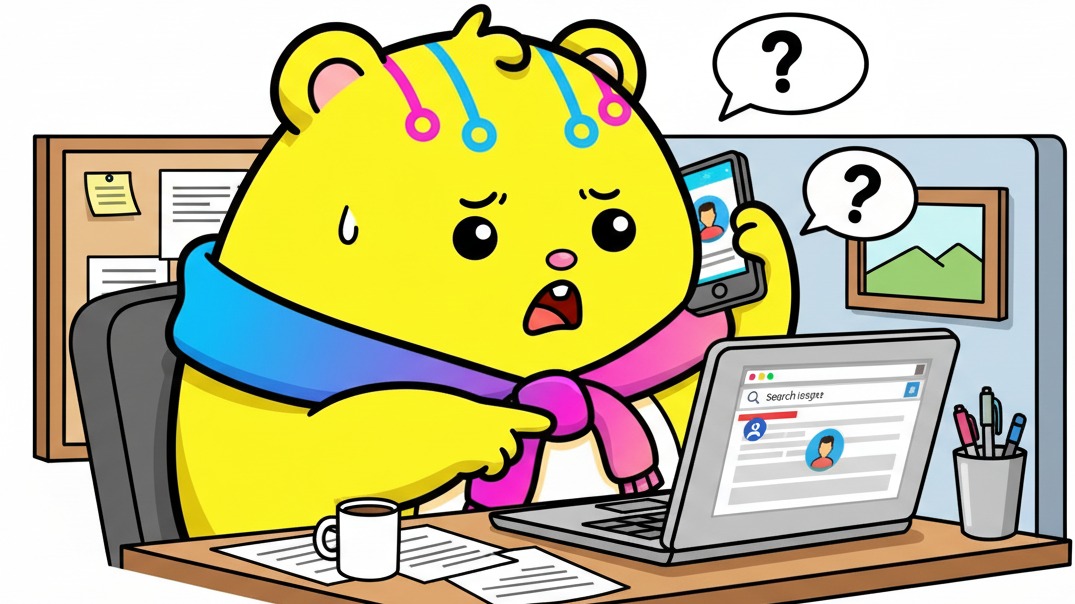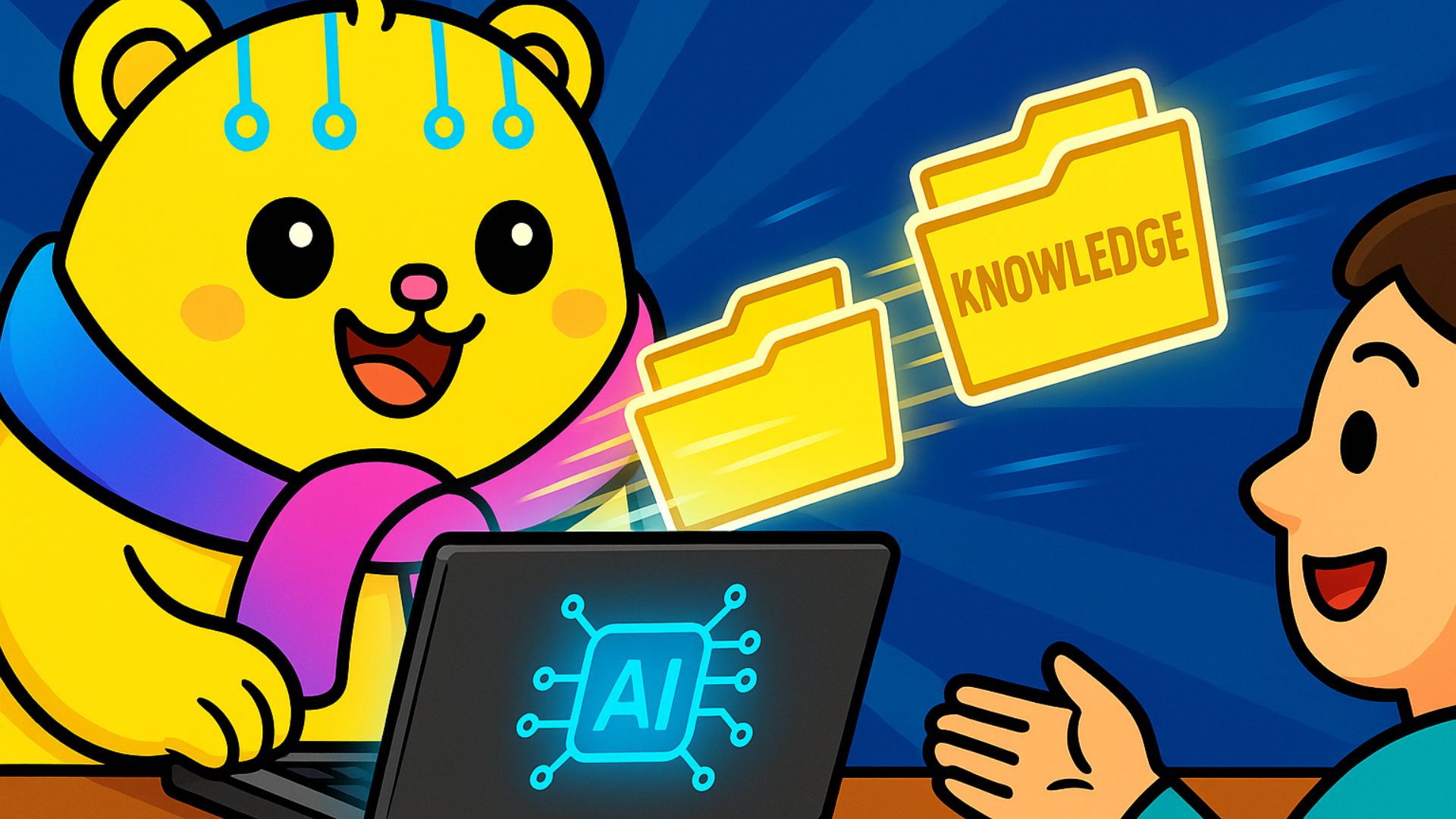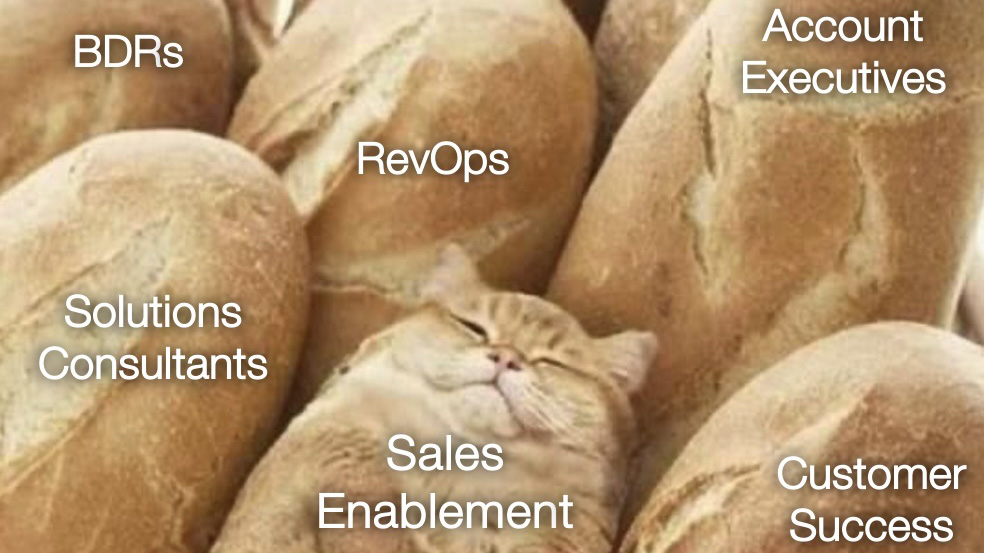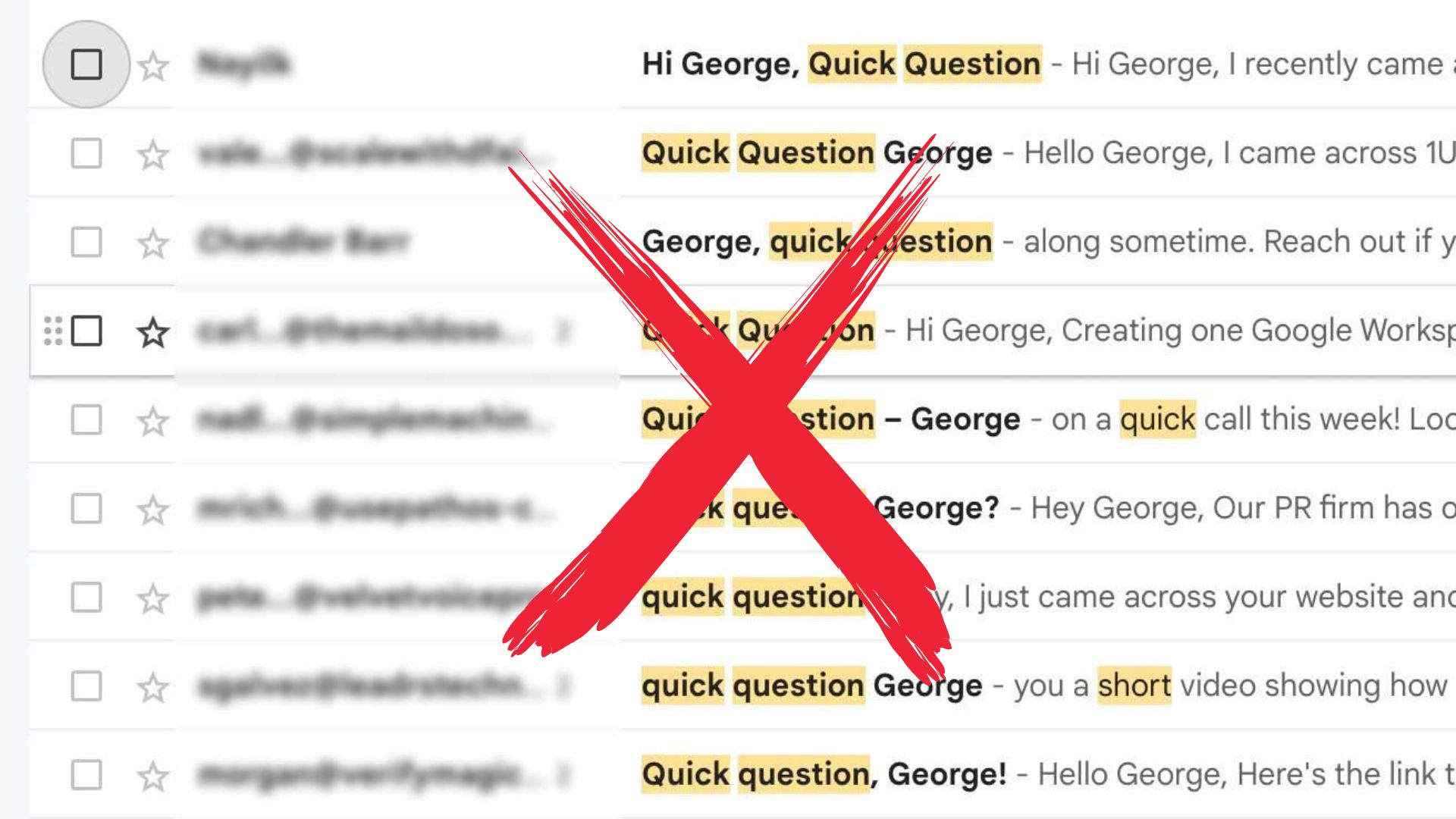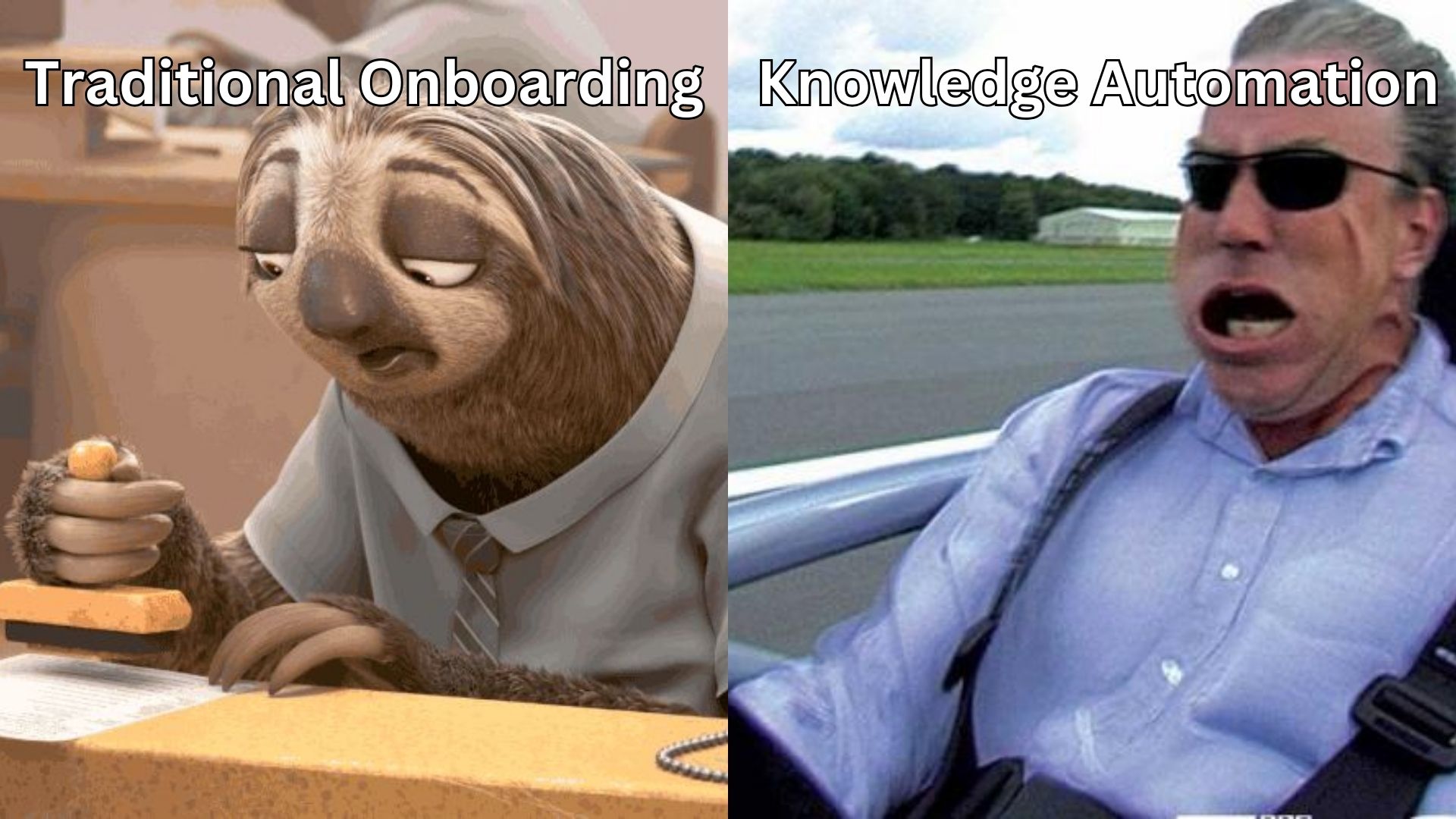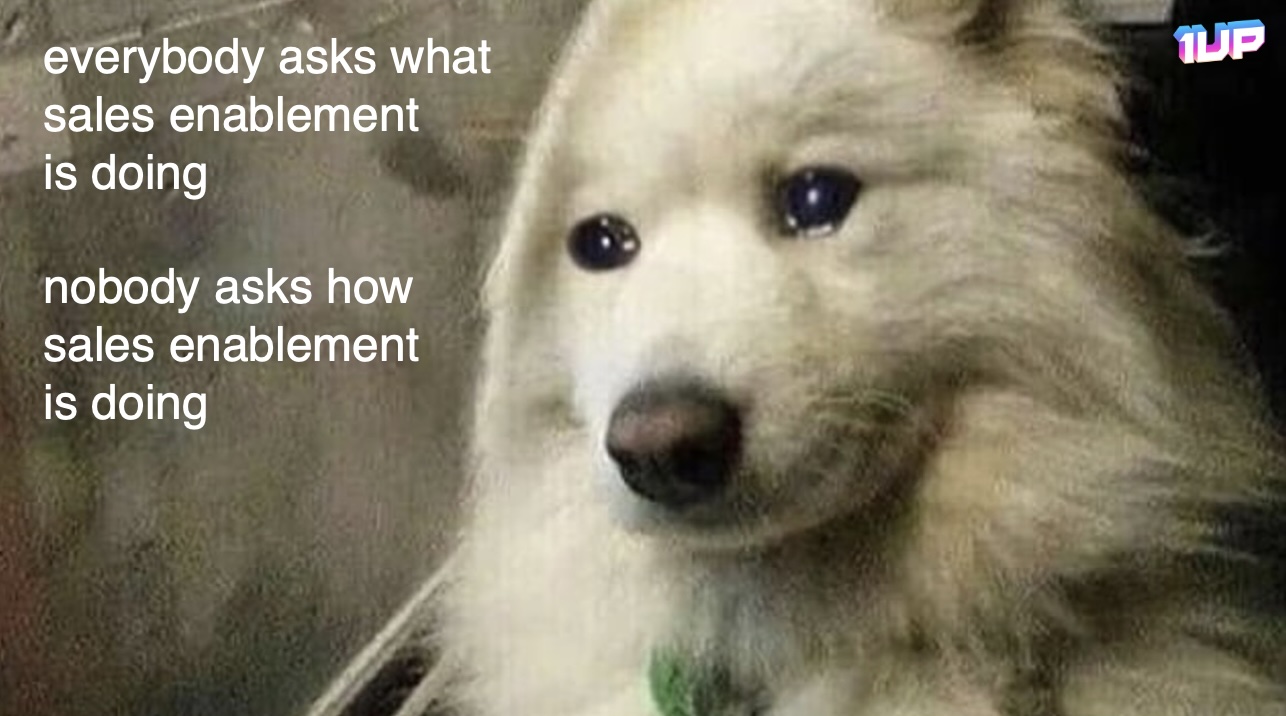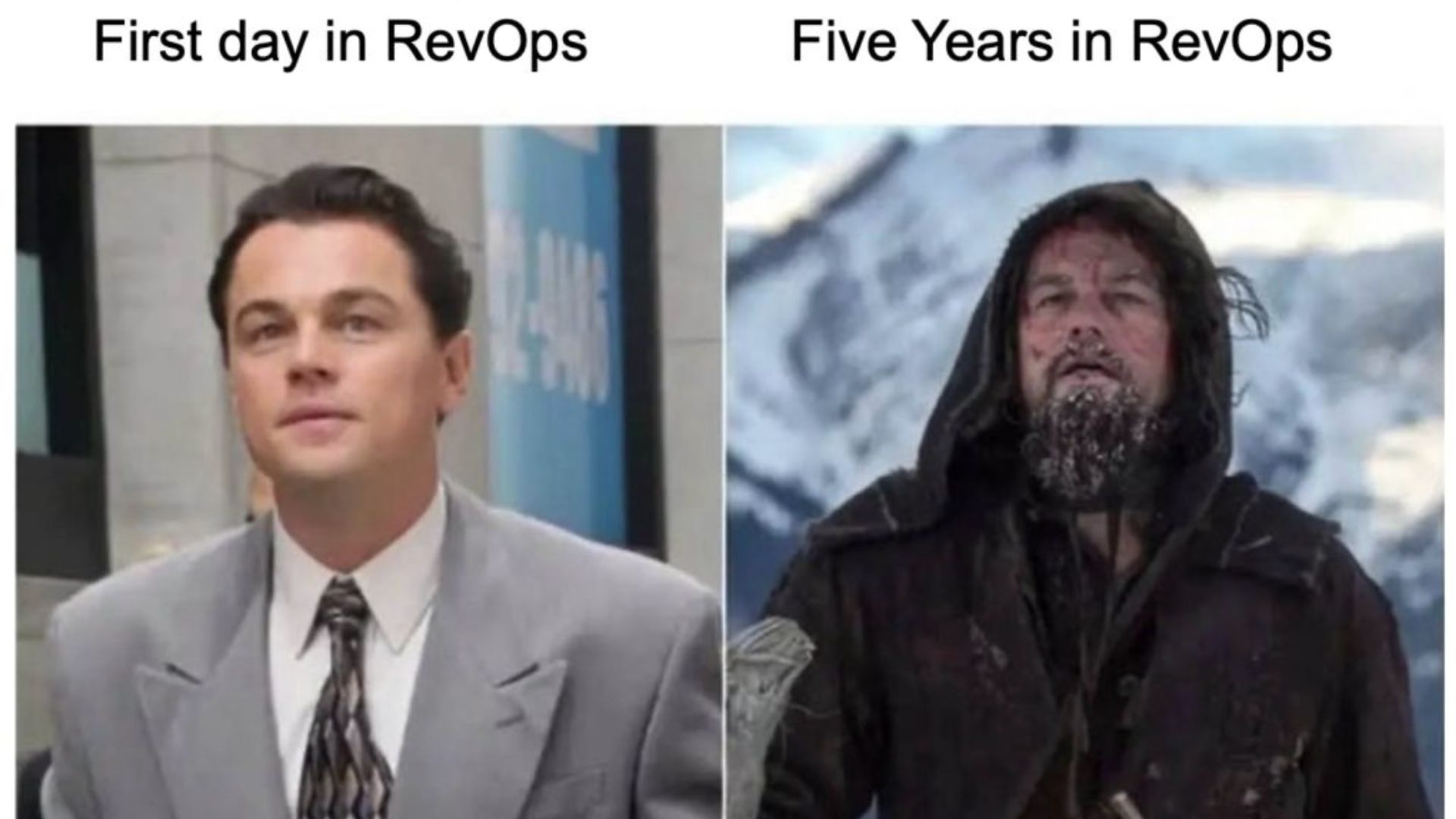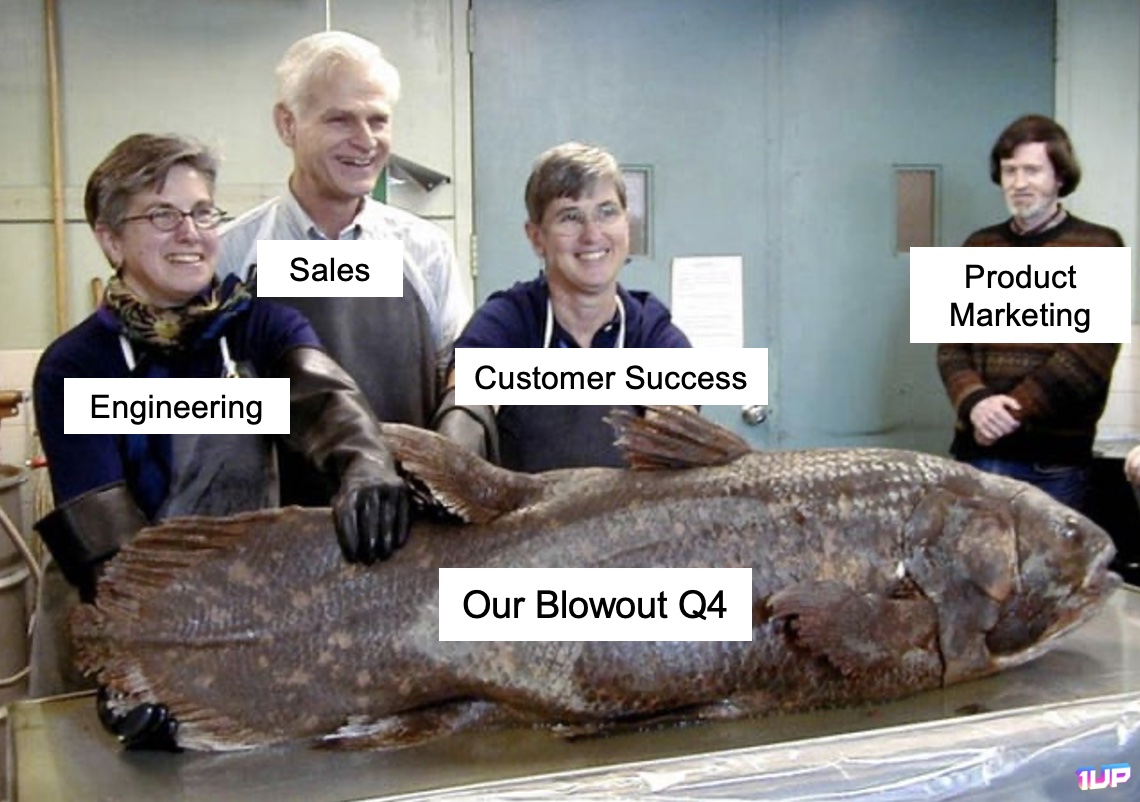If you’re a marketing leader or sales manager, you already know competitive intelligence (CI) is critical. Buyers today are highly informed: they compare products, read reviews, and evaluate alternatives long before they talk to your rep.
And your competitors certainly aren’t standing still on this. They’re refining their messaging, launching new products, and winning deals. (Those are deals you could have closed.)
The challenge: Most teams want to do CI but don’t know where to begin.
Why’s it so hard?
Because it’s overwhelming: Which competitors should you monitor? Which data matters? Oh, and how do you deliver insights to your field in a way that actually brings in loyal clients?
This checklist is your turbocharged playbook.
No more scattered research or one-off competitor decks. Here, we’re giving you boxes to check that will help you build an end-to-end competitive intelligence engine.
It’s an engine that feeds your marketing, sales, and product teams the insights they need to win.
Key Takeaways
- Competitive Intelligence is an ongoing process that informs sales, marketing, and product decisions. So track competitors across products, messaging, financials, hiring, and customer sentiment.
- AI is a game-changer because manually collecting and analyzing competitor data is slow and error-prone. Leveraging CI software, real-time alerts, and AI tools accelerates analysis, offers insight into hidden patterns, and delivers actionable insights.
- Raw data is useless unless it’s operationalized. Instead, use frameworks like SWOT analyses, battlecards, and feature parity charts, combined with tailored delivery to each team.
1. Define Competitive Intelligence
Understand CI as an Ongoing Process
Competitive intelligence isn’t just a quarterly report or a set of battlecards. It’s the ongoing process of gathering, analyzing, and distributing competitor data. This ranges from pricing and messaging to hiring trends and customer sentiment. When you do it right, CI informs everything. You’ll know exactly how sales reps handle objections, all the way to how product managers prioritize their roadmaps.
Keep Your Scope Wide
Limiting CI to just product features is a mistake. A comprehensive CI program should cover:
- Product features and release notes
- Ad campaigns across channels
- SEO and PPC strategies
- Customer reviews and case studies
- Sales collateral and demos
The wider your scope, the better prepared you are to anticipate moves and counter your potential clients’ objections.
Think Beyond One Department
Far too often, CI gets siloed inside product marketing or sales enablement. But the truth is that competitive intelligence should be a company-wide discipline.

- Marketing needs it to refine messaging.
- Product teams need it to guide roadmaps.
- Sales needs it for objection handling.
- Executives need it for strategic planning.
By treating CI as a shared resource, you can create alignment across departments. You also make sure that all of your insights don’t go to waste.
Different teams consume information in different ways.
PMM teams may prefer in-depth reports with charts and positioning matrices. Sales teams often need quick-reference battlecards or CRM-integrated alerts. Product teams may benefit from concise feature comparison tables or trend summaries.
When you tailor it accordingly, you make it so each team can quickly digest and act on insights without getting overwhelmed.
Balance Breadth with Depth
On the one hand, yes, casting a wide net is important. On the other hand, you’ve got to balance that approach with depth in key areas.
For example, tracking every tweet from a competitor creates noise. At the same time, monitoring how they talk about pricing, integrations, or ROI provides actionable insights.
Effective CI means identifying the signals that matter most to your go-to-market strategy. And you want to filter out the distractions. The goal isn’t to drown in data. It’s to realize what insights give your team an edge.
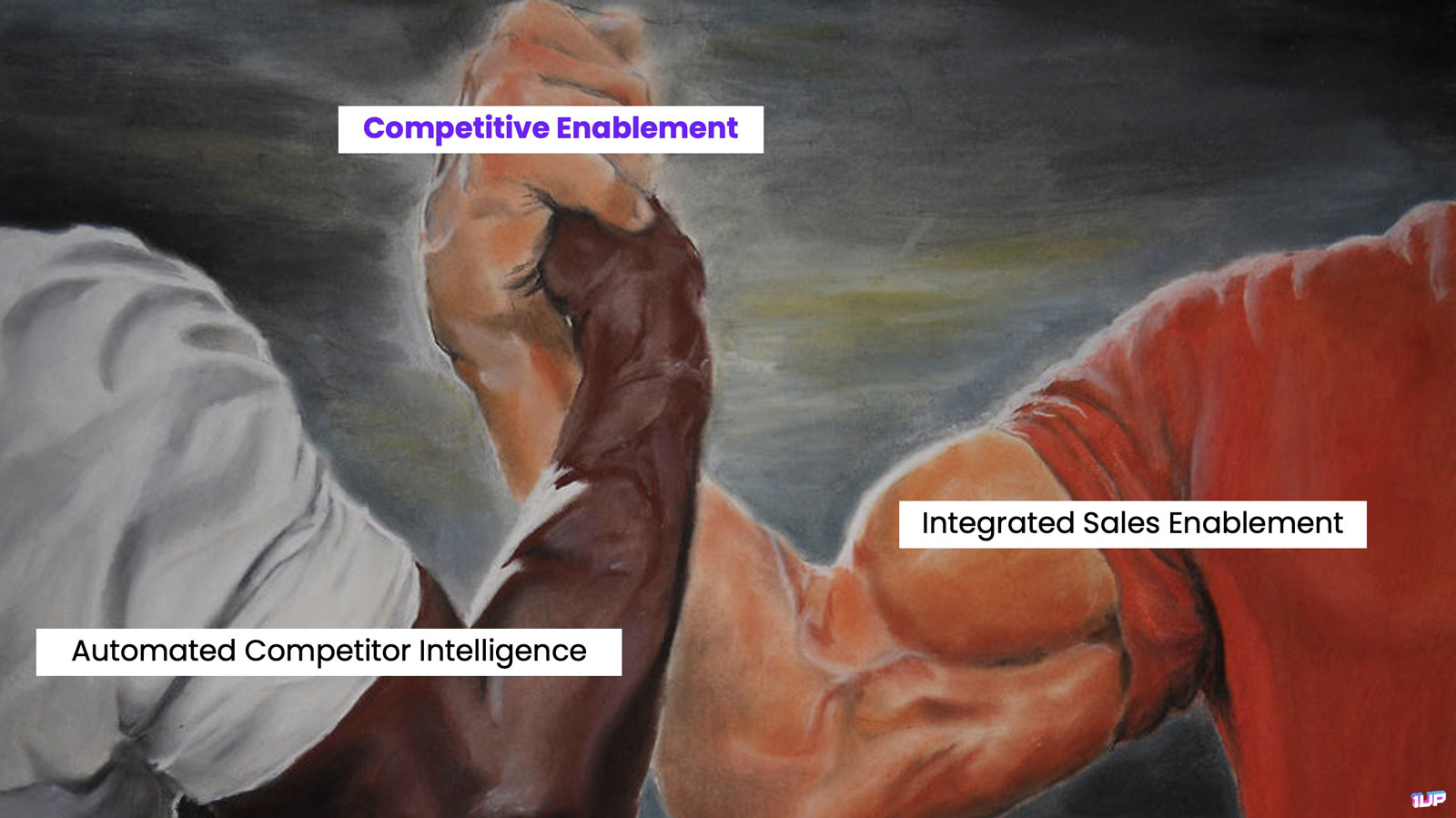
2. Identify Your Competitors
You can’t track your competitors if you don’t know who they are. Competitive intelligence isn’t just about monitoring the prominent players.
You’ve also got to consider the less visible rivals who compete for the same customer attention or budget. Identifying both direct and indirect competitors gives you a complete view of the landscape. It also helps you prioritize where to focus your energy.
Direct Competitors
Start with your top 3–5 direct competitors in each key region. These are the players selling a similar product to the same buyers.
Direct competitors may require aggressive battlecards, pricing comparisons, and objection-handling scripts.
Indirect Competitors
Don’t overlook indirect competitors. Ask yourself: If customers don’t buy from us, where does their money go? Maybe they’re spending on adjacent tools, or on “good enough” DIY solutions. Those are competitors, too, and they can siphon the budget you assumed was yours.
Indirect competitors, however, may require educational campaigns, thought leadership, or customer storytelling. This will reveal why your solution is the best use of a limited budget.
Emerging Competitors
Now you’ve got your established players. You’ve also got to keep an eye on startups and newcomers to your market. Sure, they likely don’t pose an immediate threat. But they can quickly disrupt your space with innovation, aggressive pricing, or unique business models. Catching them early on helps your team prepare messaging and evaluate potential partnerships. You can also adapt your roadmap before they become mainstream threats.
Internal Competitors
Sometimes the toughest competition isn’t external. It’s inertia. Your prospects will often decide to “do nothing” and stick with their current processes or legacy systems.
Treating the status quo as a competitor forces you to:
- Sharpen your value proposition
- Clearly show your ROI
- Communicate the risks of inaction
By addressing internal competition head-on, you can win over customers who might otherwise delay or abandon their purchase
3. Use Competitive Intelligence Software
Avoid Manual Data Gathering
Spreadsheets and bookmarks won’t cut it. You’ll need to automate data collection with tools like SEMrush or SimilarWeb. These platforms track competitors’ marketing, SEO, ad campaigns, and even product launches.
Sales-Ready Outputs
Your data is useless unless it’s actionable. Make sure your insights flow into sales-ready outputs. These can include assets like battlecards or competitor briefs. Your GTM teams can use these in real conversations..
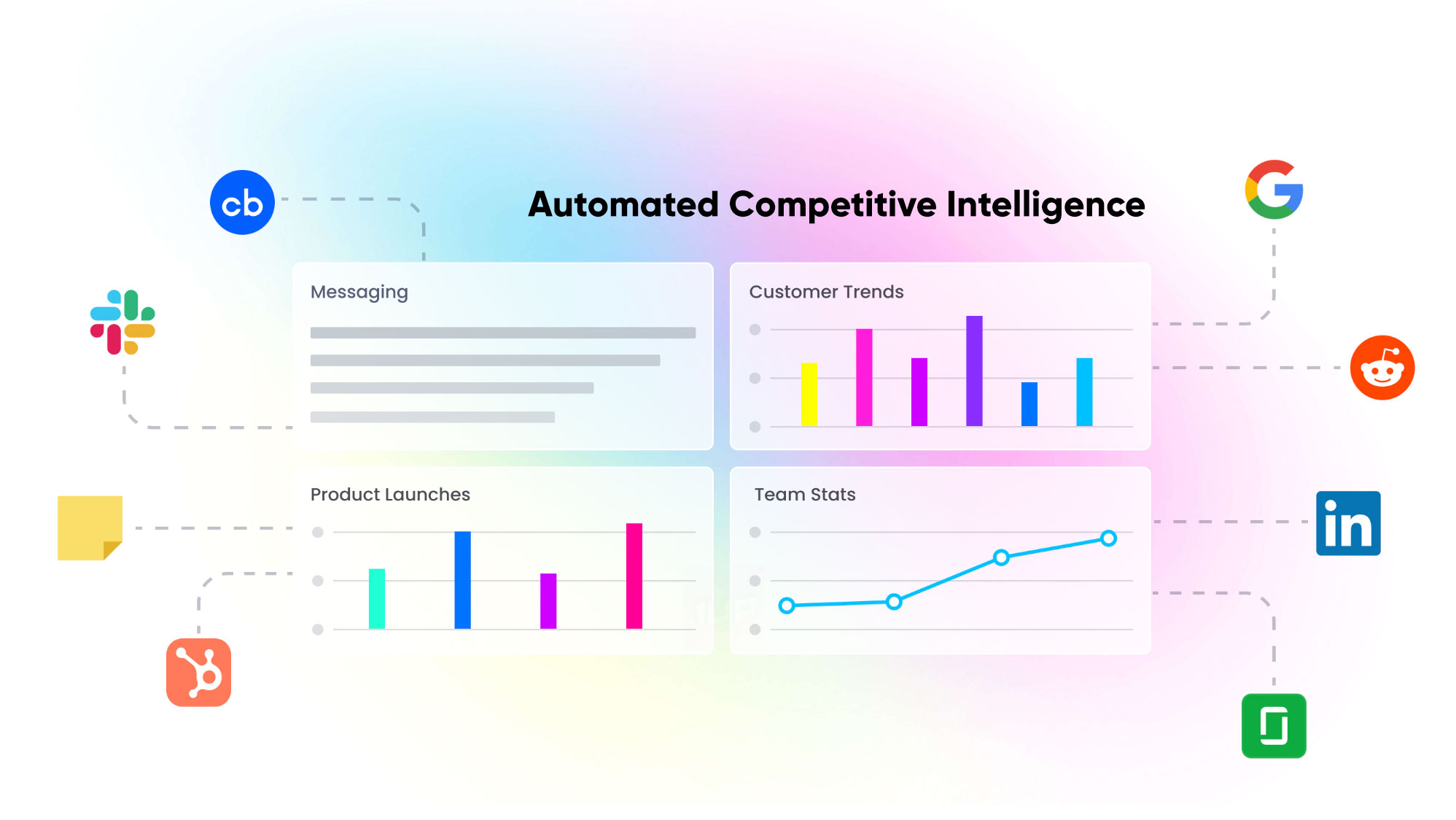
Centralize and Standardize Insights
One of the best things about CI software is its ability to centralize information. You get all your knowledge in a single, searchable hub. No more sales reps hunting through Slack threads or old Google Docs. Instead, the best software platforms organize your data into standardized formats.
So it’s much easier to compare trends across competitors. You can also quickly spot anomalies. Every team member will be working from the same set of facts. And you can scrap those outdated or fragmented intel.
Scale Without Adding Headcount
With the right software, you can scale competitive intelligence. And you don’t have to grow your team beyond your means to do it. Automated alerts, dashboards, and pre-built templates will help your analysts cut back those tedious, repetitive tasks. Now, they’re free to focus on interpretation and strategy.
For lean sales or marketing organizations, this means you can still run a best-in-class CI program. And you won’t have to dedicate an army of researchers to the effort.
4. Automate Competitor Tracking
Manually keeping up with competitors is nearly impossible. Markets move fast, and by the time you’ve pieced together updates from press releases or LinkedIn, your rivals are winning deals.
How?
They’ve got new strategies.
Automating competitor tracking as part of a larger sales enablement strategy ensures you don’t miss critical signals. It also gives your team the ability to respond in real time.
Here’s what you’ll want to know:
- What They Build: Monitor product launches, feature rollouts, and roadmap hints.
- What They Say: Track shifts in messaging and positioning. A new tagline or value prop usually signals a change in strategy.
- Who They Hire: Hiring and layoffs reveal priorities. For example, if a competitor suddenly builds out a data science team, expect AI features soon.
Pull from Multiple Sources
Obviously, first-party data like sales notes combine with third-party sources like social media to give you the clearest possible picture.
Set Up Real-Time Alerts
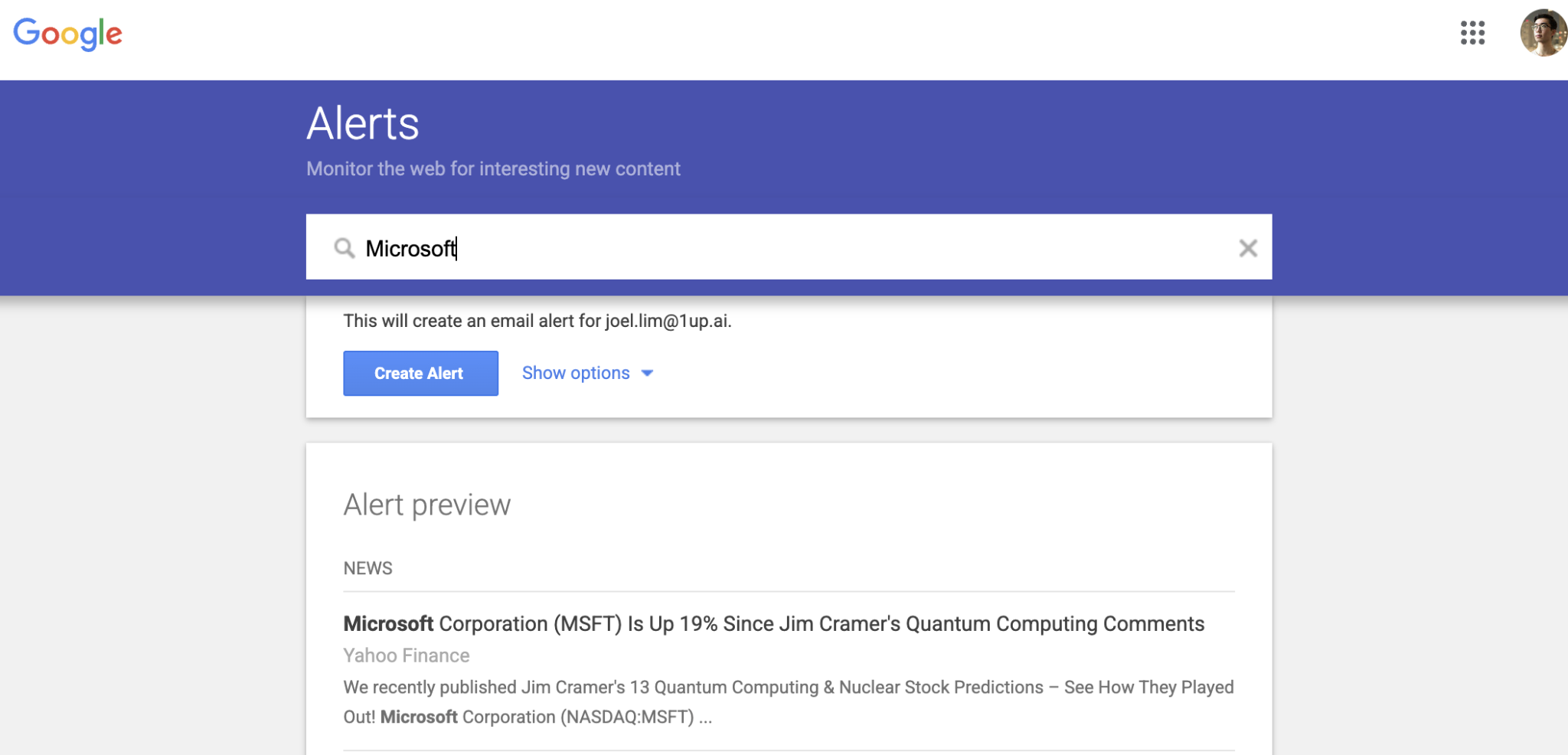
The biggest risk in CI is that you might get caught off guard. When you automate competitor tracking with real-time alerts, your team gets notified as soon as something important happens. Maybe it’s that a competitor raised prices. Perhaps they just launched a new ad campaign. They might even be announcing a partnership.
Speed matters, especially in competitive deals. Alerts give your team the advantage of being proactive instead of reactive.
Track Competitor Traffic
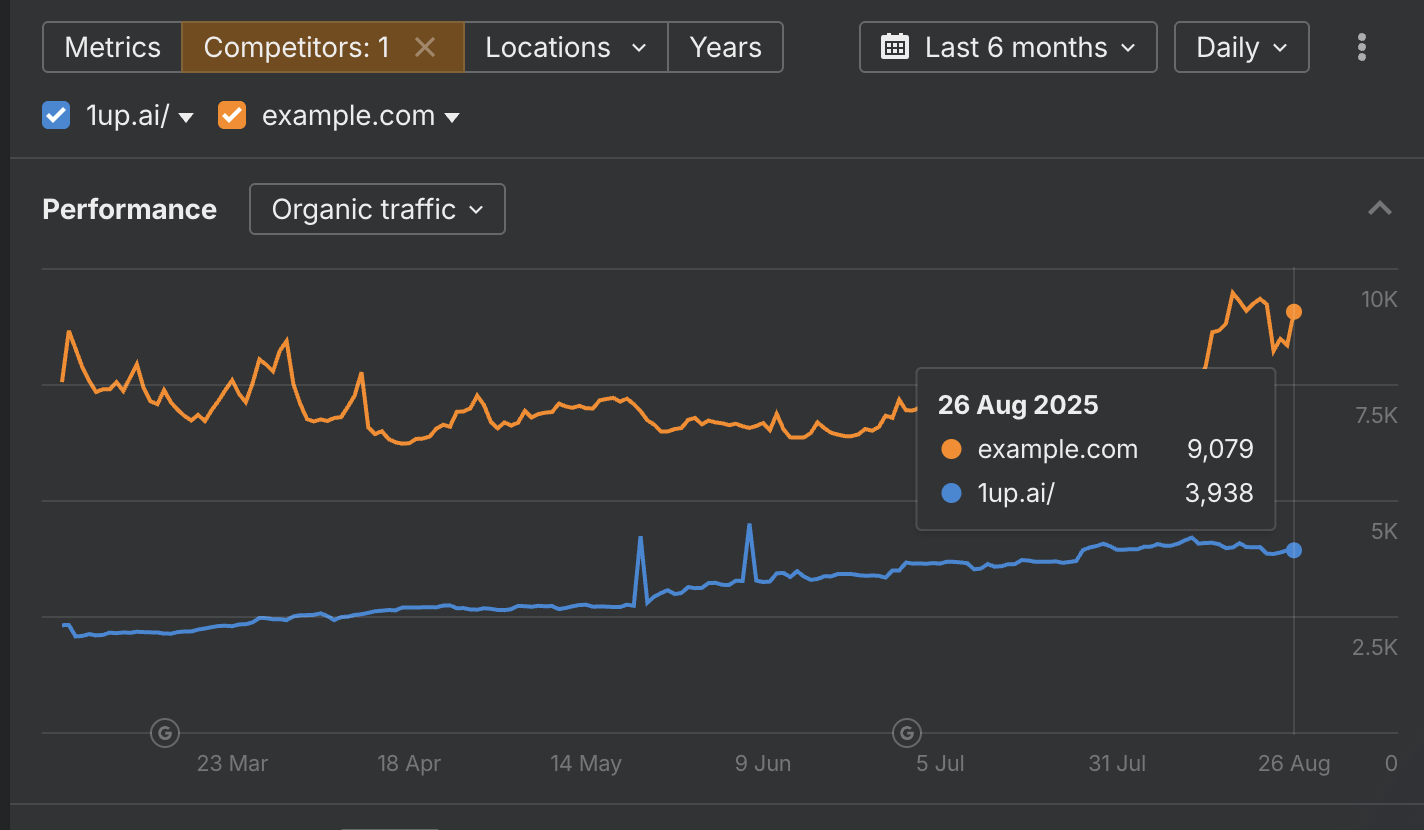
You can use a tool like Ahrefs to compare your competitors’ search rankings.
Track Competitor AI Mentions
You can use a tool like amionai to track how often your competitors are mentioned by AI.
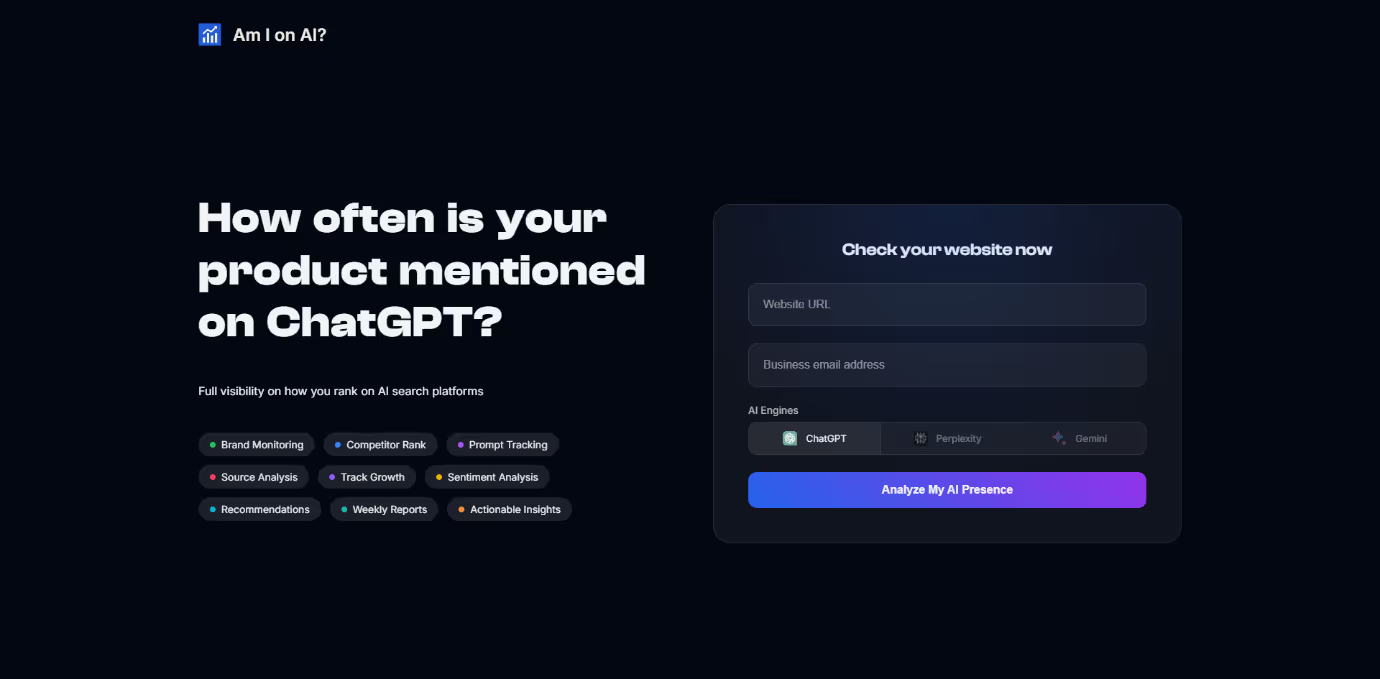
Track Competitor Social Media Presence
And you can see how they’re doing on the Gram, too. SEMrush walks you through the importance of balancing your presence against your competitors. That way, you can see where you stack up against them.
Turn Raw Signals Into Stories
Automation doesn’t just collect more data. It lets you bring that data together into one big narrative that reveals something imperative.
Let’s say you notice a competitor hiring AI engineers, updating their messaging around automation, and filing a new patent. You can be pretty sure of the product direction they’re headed. Automated tracking connects dots across data streams. So it transforms scattered insights into actionable stories that your sales, marketing, and product leaders can act on.
Messaging and Positioning
Once you’re solid on tracking, it’s time to start figuring out where you stand against your competition. You’ll do this by evaluating the overall messaging of your competitors.
Competitor messaging tells you way more than just what they offer. It tells you how your rivals want the market to see them. So track slogans, value propositions, and tone over time. With that scoop, your team can scope out shifts and uncover recurring themes. Then, you can adjust your own positioning.
When you stay two steps ahead of messaging changes, your campaigns can resonate with buyers. And you can differentiate your brand.

Automate Messaging Analysis
Use software to track competitor slogans, value props, and tone over time.
Spot Shifts Early
A subtle change in messaging usually means a new target market or strategic pivot is coming. So adjust your campaigns to match those shifts.
Identify Patterns and Themes
Well beyond individual messages, automated analysis can uncover recurring themes or shifts across multiple channels.
As just an example, let’s say your competition keeps emphasizing “ease of use” in their blogs, social posts, and webinars. That’s clearly messaging about the customer experience.
When you can recognize these patterns, your team can anticipate your market positioning. And you can refine your own messaging as a resounding counter.
Align Messaging With Market Needs
When you track your competitor’s position, you learn how best to communicate your own value. That’s why you’ve got to understand what your competitors are promising. Then, of course, you’ll also want to know how customers are reacting.
Knowing this helps your marketing and sales teams create specific messaging that highlights differentiators, addresses objections, and resonates with buyer priorities.
When you’re engaging in continuous monitoring, your messaging stays relevant and of the moment. It also shows that you’re highly competitive in your rapidly evolving market.
5. Leverage AI for Speed
Manual analysis of competitor blogs, ads, or collateral is slow. AI can process huge volumes of text and surface themes, messaging copycats, and unique angles.
Sales Enablement at Scale
Take advantage of tools like ChatGPT to generate positioning statements and objection-handling scripts. They’ll even help you with quick-hit battlecards. AI can keep your sales team supplied with fresh insights.
For example you can:
- plug your competitor’s marketing materials into AI and ask for key insights.
- take your product and theirs and ask AI to create a battlecard.
- ask AI to set up trap-setting questions that position your product in a good light while focusing on competitor weaknesses.
Uncover Hidden Patterns
Beyond simple text analysis, AI can highlight patterns that humans can’t help but miss.
For example, it can tell you which keywords your competitors are doubling down on across multiple channels. You’ll also know which features are repeatedly emphasized in product updates. These patterns are early signals about the focused efforts of your competition. They tell you how they want to be perceived in the market.
Accelerate Decision-Making
Speed typically makes up the difference between whether you win or lose a deal. AI can generate insights in minutes. It takes your analysts days… or weeks.
Now:
- Sales leaders can adjust strategy in real time.
- Marketing teams can pivot messaging faster.
- Executives can make confident decisions backed by timely intelligence.
The bottom line? AI reduces the lag between insight and action.
6. Automate Knowledge Delivery
Collecting competitor insights is only half the battle. The real value comes from delivering them to the right people, at the right time, in the right format.
If intelligence isn’t accessible within the tools your teams already use, it will be ignored. Automating knowledge delivery promises your insights will flow seamlessly into daily workflows. And CI becomes practical and actionable.
Push Intel Where Teams Already Work
Look, insights only matter if they’re reaching the right people at the right time. So integrate CI into Salesforce, HubSpot, Slack, or Microsoft Teams.
On-Demand Answers
Imagine a rep asking in Slack: “What’s Competitor X’s pricing for enterprise plans?” and getting the answer instantly. That’s how you keep intel alive and useful.

1, 2, 3, Action!
The biggest challenge with CI isn’t collecting data. It’s getting it into the hands of people who need it most.
So they can take action.
By automating knowledge delivery, you eliminate delays and reduce the risk of insights sitting unused in a shared folder.
- Sales teams can access battlecards within their CRM
- Marketers can see messaging shifts directly in their campaign planning tools
- Product managers can receive alerts about competitor launches without leaving their workflow.
Personalize Distribution by Role
Not every team needs the same details.
For example, your executives might ask for high-level trend summaries. In contrast, frontline reps need quick, tactical insights for specific deals.
Automated delivery systems can segment and personalize the flow of information. That way, you can make sure that every role gets the right intel at the right depth. And you won’t overwhelm them with noise.
Your teams will stay focused while maximizing the impact of your CI program.
7. Operationalize Competitive Enablement
CI often dies in research mode. Your job is to make it actionable. So package findings into sales enablement materials like:
- Battlecards
- Pitch decks
- Objection-handling scripts
- Competitive FAQs
Enable Every Function
Marketing can use CI to sharpen messaging.
Salespeople can handle objections more confidently.
Product marketing can prioritize features that win deals.
Create a Feedback Loop
Operationalizing competitive intelligence isn’t a one-way street. Encourage sales and marketing teams to feed observations back into your CI system.

For example, your reps might notice a competitor emphasizing a particular feature differently than expected, or marketing may see a new ad messaging trend. That insight should be captured and analyzed.
This feedback loop ensures CI remains current and evolves alongside the market.
Standardize Frameworks and Processes
Frameworks turn raw competitive data into structured insights your teams can act on. These could include a SWOT analysis, a battlecard, or a feature parity chart. These tools help sales, marketing, and product teams quickly understand the competitive landscape. Then, they can make informed decisions. Using CI frameworks ensures that your intelligence doesn’t just sit in reports. Rather, it drives real-world action.
When you apply consistent CI frameworks, you keep your insights comparable and actionable across all your teams.
As one example, when you use the same SWOT template for all of your major competitors, your marketing, sales, and product teams are all speaking the same language. They also prioritize their responses consistently.
Standardized battlecards and feature parity charts reduce ambiguity. So it’s easier for teams to quickly grasp key differentiators and areas of risk.
SWOT Analysis
These clearly evaluate your competitors’ strengths, weaknesses, opportunities, and threats.

Battlecards
With battlecards, you create “Us vs Them” comparisons that include features, pricing, and messaging.
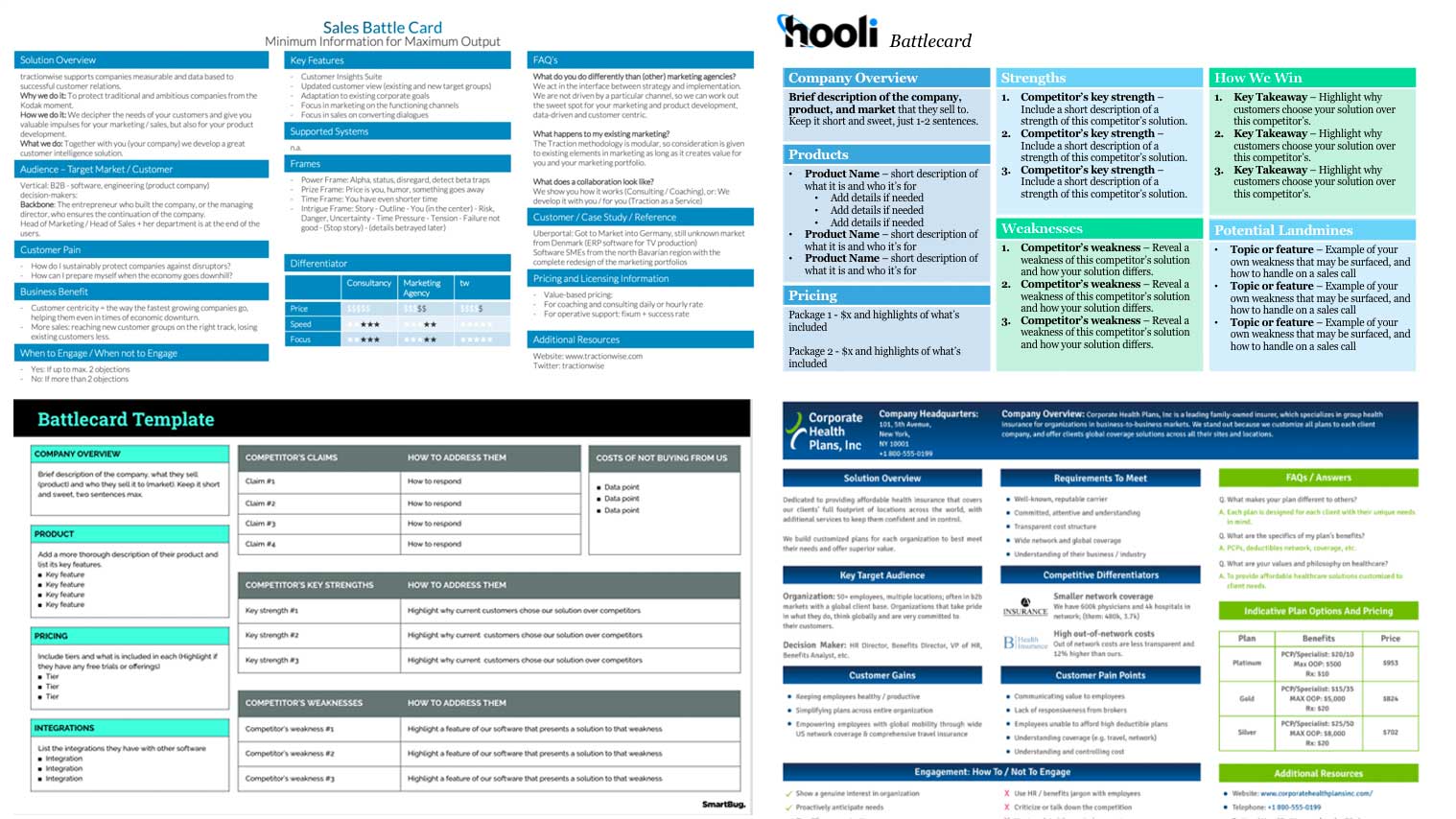
Feature Parity Charts
Show where your product outmatches competitors and where you need to close the gap.
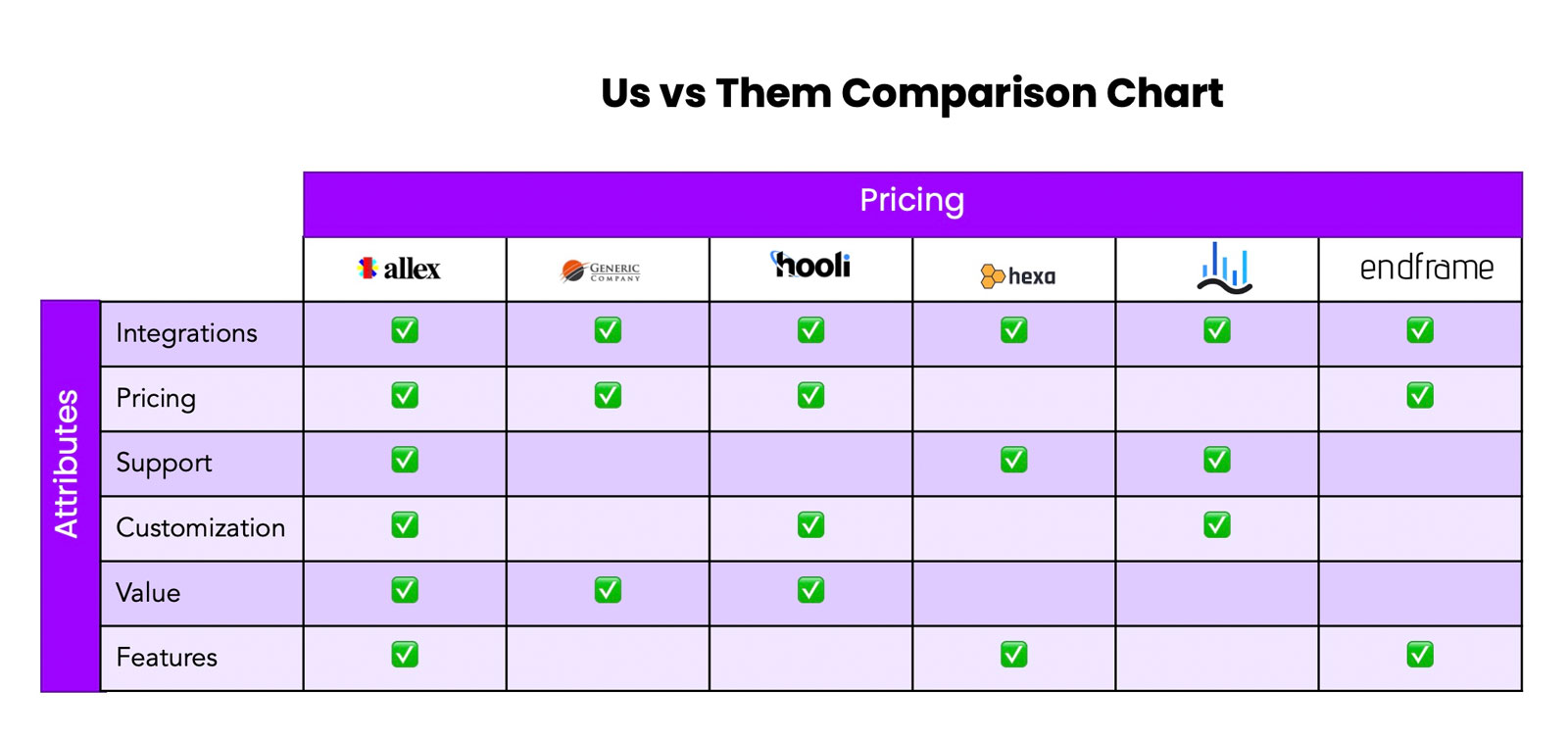
Translate Analysis Into Action
Of course, frameworks are only valuable to you if they drive your decisions.
So use insights you get from SWOT analyses to adjust your messaging, pricing, or product focus. And make sure to update your battlecards and feature parity charts regularly. This way, your sales reps will have the latest intelligence at their fingertips.
By linking analysis to execution, CI frameworks become living tools. They guide strategy, improve competitive positioning, and ultimately help your organization win more deals.
8. Understand Competitor Products
Yes. You want to know your competitors’ products inside and out. Otherwise, how can you possibly hope to position your own? You’ve got to have a deep understanding of features, strengths, weaknesses, and customer adoption patterns. Then, your teams can spot opportunities and address gaps. They can even create messaging that shows off what makes your product so much better.
The bottom line: Competitor product intelligence turns your raw data into actionable insights. And these in turn will guide your marketing, your sales, and even your product strategy.
Feature Databases
Here, you’ll want to have an internal knowledge base that tracks the features, strengths, weaknesses, and upcoming launches of your competition.
Identify Gaps
Look for missing capabilities that your product can own. Gaps are opportunities to differentiate in sales conversations.
Analyze Usage and Adoption
Understanding competitor products isn’t just about features. It’s also about how the consumers in your market are using them. So keep track of reviews, case studies, and social media feedback to see which features are popular, underutilized, or causing frustration. And why.
This insight helps your team position your product more effectively. You can show them your benefits where competitors fall short. You can also address pain points that matter most to your prospects.
Track Review Sites
You want to know how your competitors are doing? Check their reviews. G2, Gartner, and Reddit are the realest reviews you’ll get. They come from actual users who usually have a lot to say about the software they’re using.
You can take those reviews and ask AI to extract insights.
For example, you can copy and paste a review from a Reddit thread into ChatGPT and ask:
“Give me key insights from this review that compare to the brand’s competitors.”
Connect Product Insights to GTM Strategy
Insights from competitor products should directly inform go-to-market activities.
- For marketing, this might mean highlighting differentiators in campaigns.
- For sales, it could involve scripting talking points or objection-handling tactics around competitor weaknesses.
- For product teams, it informs roadmap priorities. So you’ll know your next releases close critical gaps and strengthen your competitive position.
By linking product intelligence to execution, your CI program becomes a strategic driver, not just a reference library.
9. Monitor Events and Webinars
Competitor events are goldmines of intel. You’ll usually see new product demos, feature roadmaps, and positioning cues at conferences or webinars first.
How to Track
Take recordings and monitor the chatter from attendees on social media. You can check out competitor booth activity at trade shows. All of this can feed your CI engine.
It’s a great idea to set up a calendar of competitor events. You can have different types of events represented by different colors.
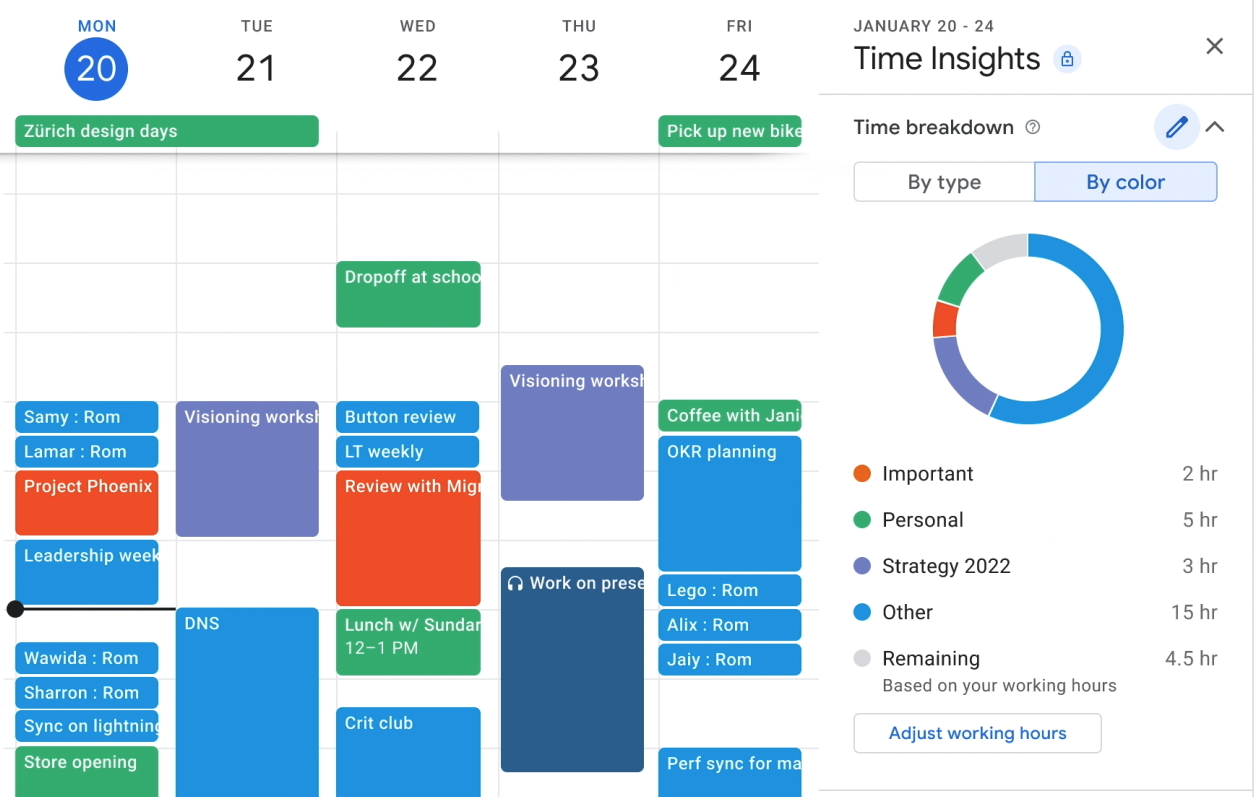
Use Event Insights to Figure Out Their Strategy
Events can give you a peek into both product features and your competition’s broader strategic priorities.
Think of keynotes, panel discussions, and Q&A sessions. They’ll typically hint at new target markets, emerging partnerships, and shifts in messaging.
When you methodically capture these insights, your team can anticipate competitor moves. From there, you can adjust your own marketing campaigns, sales strategies, or product roadmaps.
Create Summaries for Teams
Let’s face it: raw event data can overwhelm your teams.
To battle this, you can condense all those recordings, the social chatter, and your trade show observations into concise summaries or bullet points.
As just one example, highlight three key takeaways from a competitor’s webinar or a notable feature revealed at a trade show. When you give your team curated insights, they can then act quickly, and they don’t have to wade through hours of content.
10. Watch Competitor Financials
Financial signals often reveal where your competitors are investing their resources. A sudden increase in R&D spend could mean product innovations are in the near future. Expanded marketing budgets might lead to an aggressive go-to-market push. When you keep an eye on financials, you and your team can anticipate moves before they come to fruition. This gives you an edge. You can plan campaigns, sales outreach, or product development to your advantage.
Funding Rounds and Revenue Reports
A competitor’s Series C funding means growth mode. Expect aggressive marketing and hiring.
Monitor K-1 Filings and Budget Signals
Monitor hiring budgets and revenue trends to predict where competitors will lean in. K-1 reports are especially useful as they can reveal income allocations, investors, and sector exposure. You can find clues about where capital is flowing in bigger competitors. Use this information to benchmark competitors’ growth, strategy, and investor relationships. The best part? This info is publicly available.
Contextualize Data Across Markets
Of course, numbers alone can’t possibly tell the whole story. So compare financial trends against industry benchmarks and regional performance. This helps you understand whether your competitor’s growth or contraction is isolated… or if it’s part of a larger market trend.
Also, make sure you contextualize financial data. You don’t want your team interpreting your competitor’s intentions inaccurately. That would suck. What you want is for them to make smart, data-driven decisions, not reacting to isolated raw figures.
11. Track Employee Movements
Employee movement intelligence benefits multiple functions.
- Sales teams can identify which regions or accounts might be more vulnerable based on competitor staffing changes.
- Marketing can anticipate new campaigns based on expanded teams in creative or demand-gen roles.
- HR and recruiting can pinpoint poachable talent or skills gaps.

So your organization can grow while you keep an eye on competitors’ internal dynamics.
Hiring Trends
New roles reveal focus areas. Notice a surge in healthcare account managers? That competitor is targeting healthcare.
PRO TIP: Go to your competitor on linkedin. Hit the Employees button. Filter by PAST COMPANY: Competitor name.
This will show you who has departed your competitor recently, and you can extract powerful insights from headcount changes like this.
Departures and Attrition
High turnover signals internal issues and creates opportunities to recruit talent.
Predict Hiring Priorities
You’ve got to track employee movements to go beyond merely knowing who joins or leaves your competition. Hiring patterns can also be clues about what your competition has planned for their future.
Likewise, departures from leadership or key functional areas might be an indication of your competition going through strategic shifts or dealing with budget pressures. They might even mean your rival is having some internal instability.
Your team can monitor all of these moves and adjust your own tactics accordingly.
Competitive Intelligence in a Nutshell
Think of CI as a muscle. The more you do the important things, like track, analyze, and deliver insights, the stronger it gets. Over time, your team won’t just be reacting to your competition. You’ll be anticipating their moves and positioning yourself to win more deals… faster.
With the right systems, automation, and AI-powered analysis, your competitive intelligence becomes less about research and more about results.
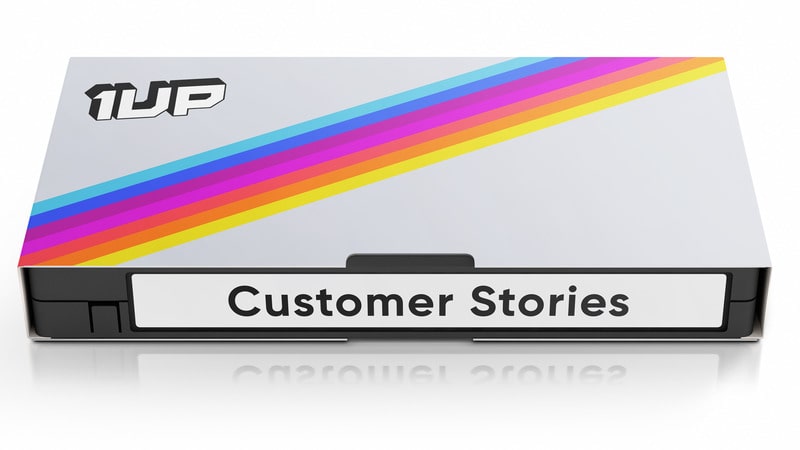

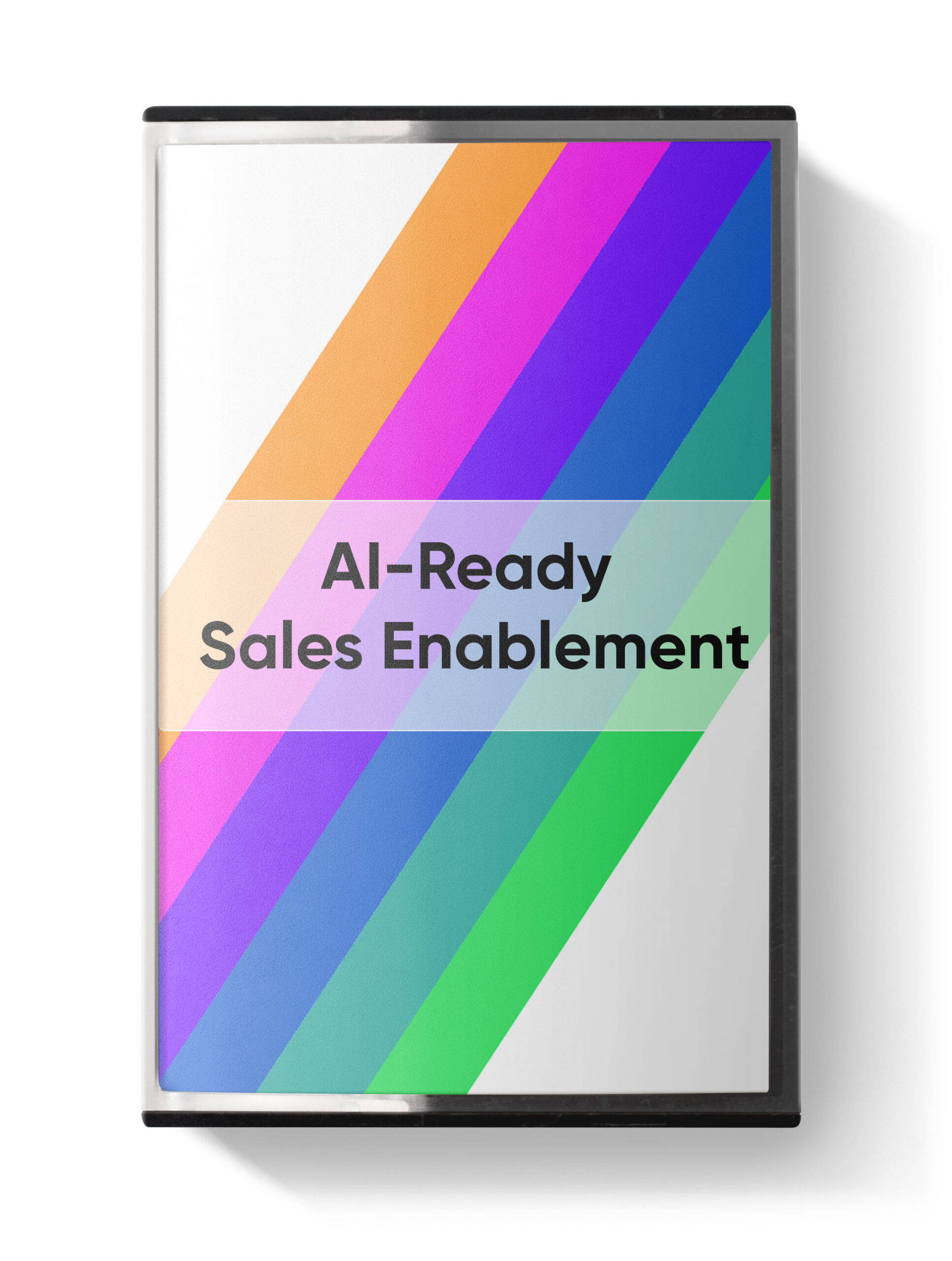
 Instagram
Instagram 



